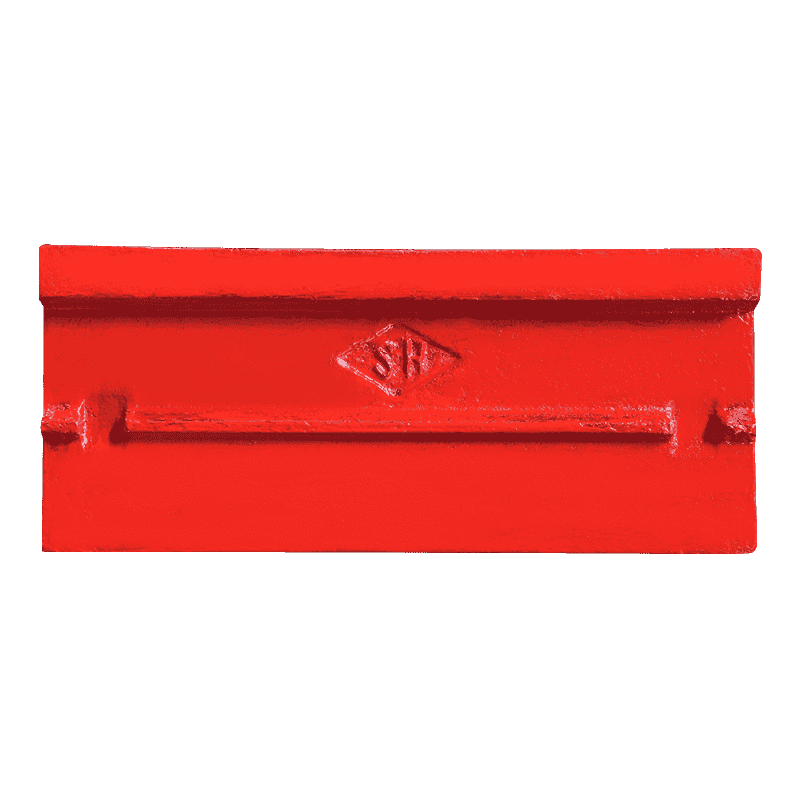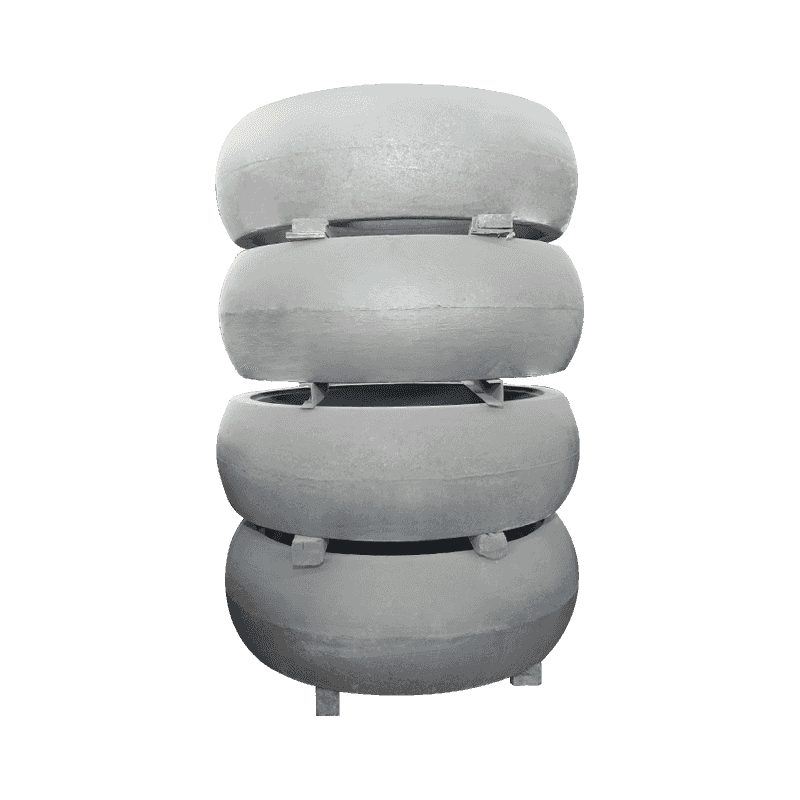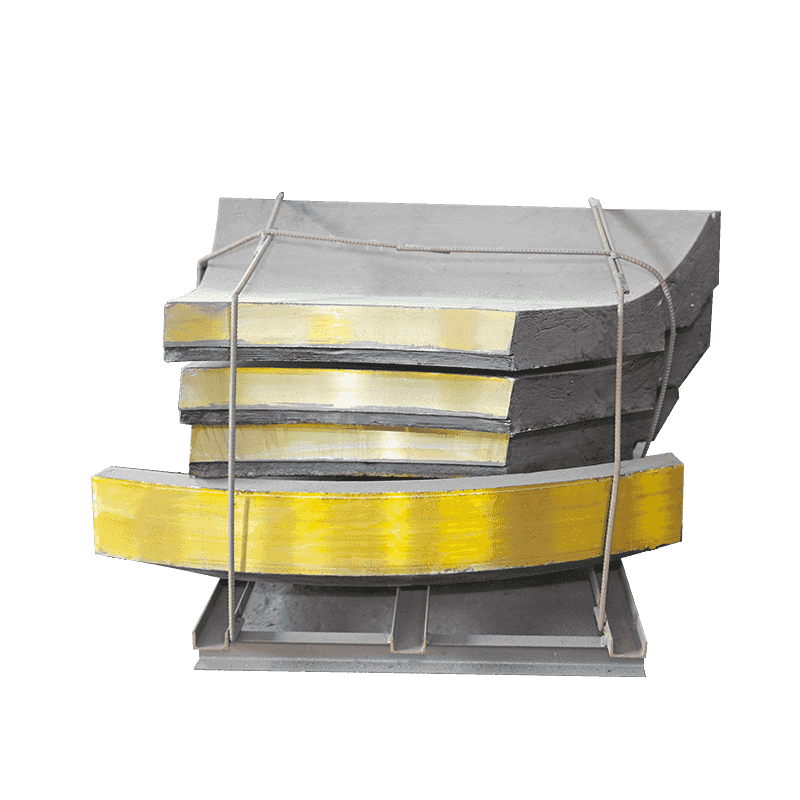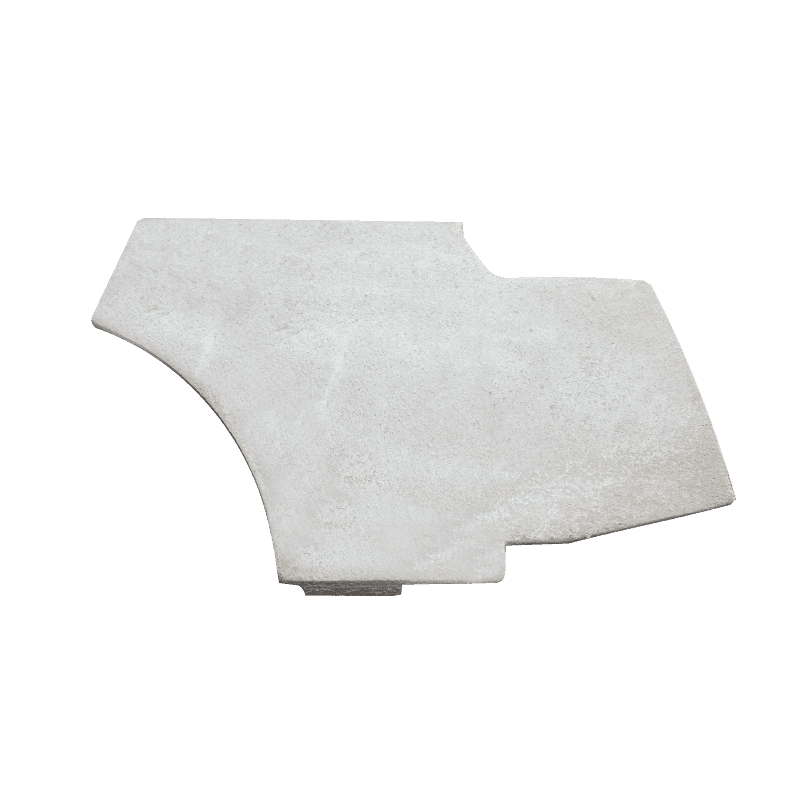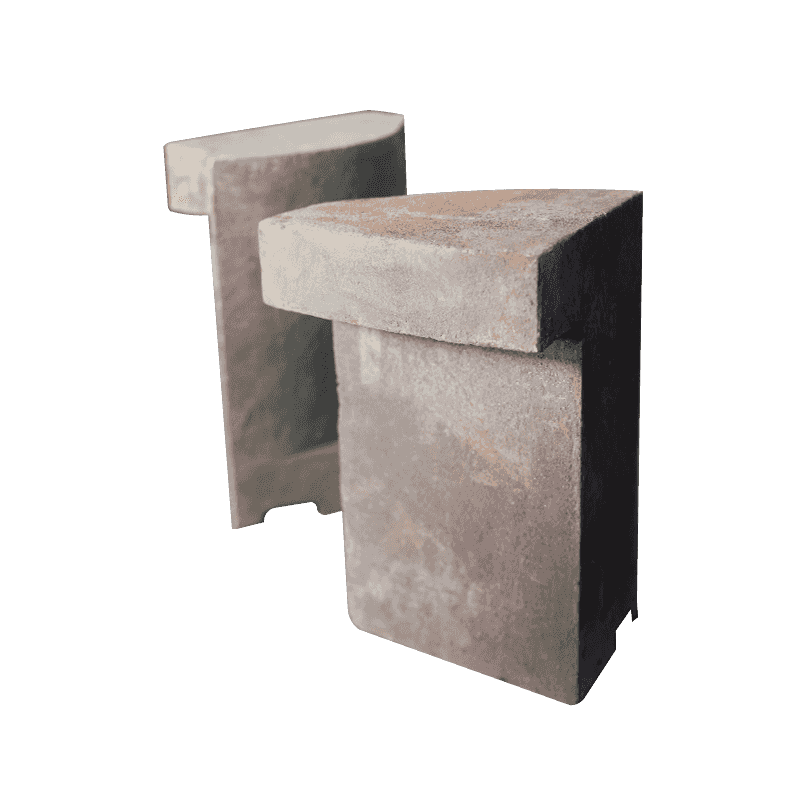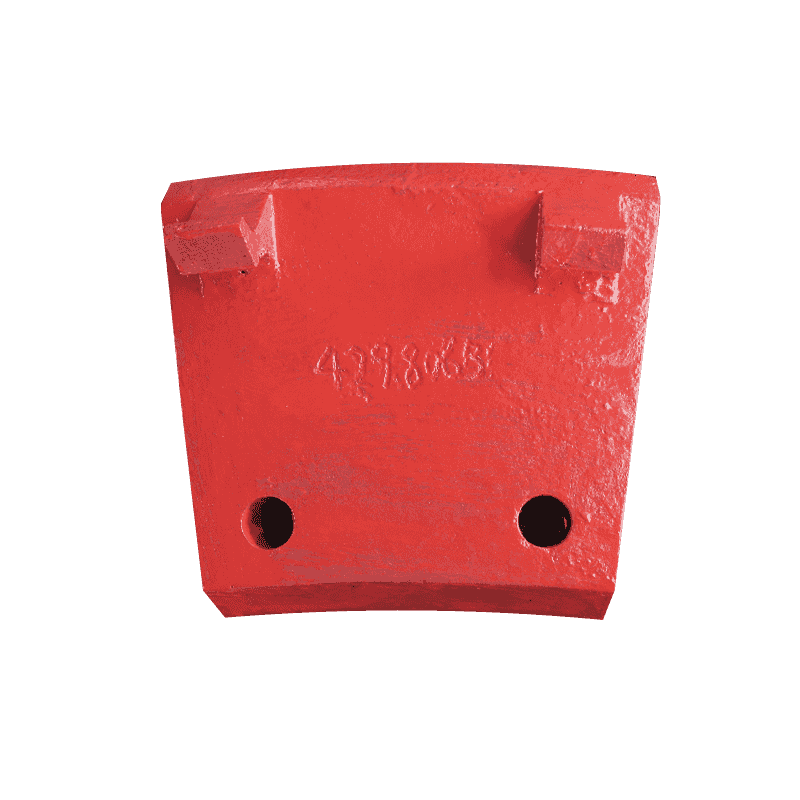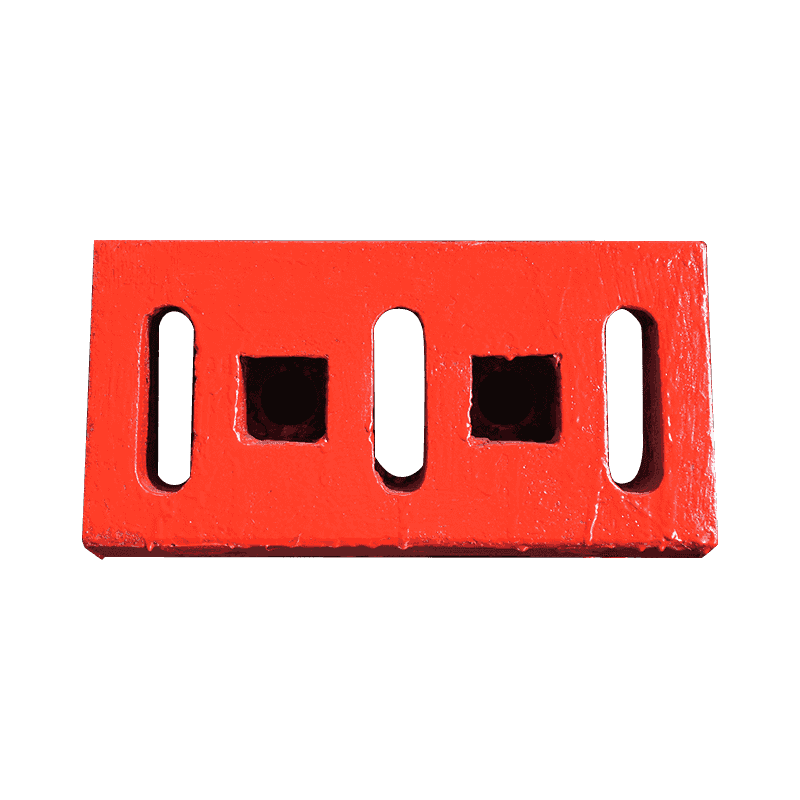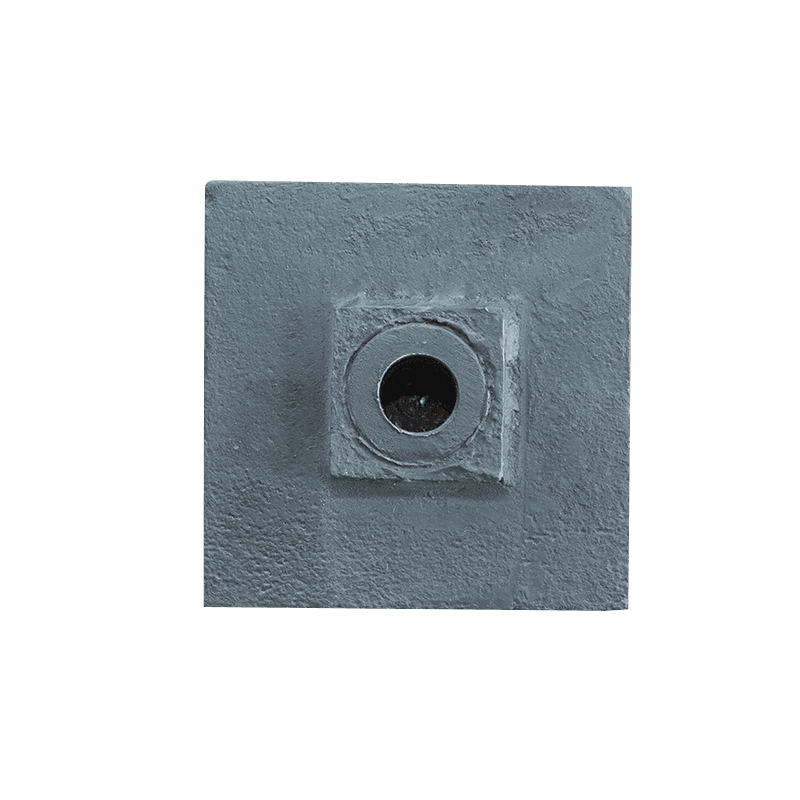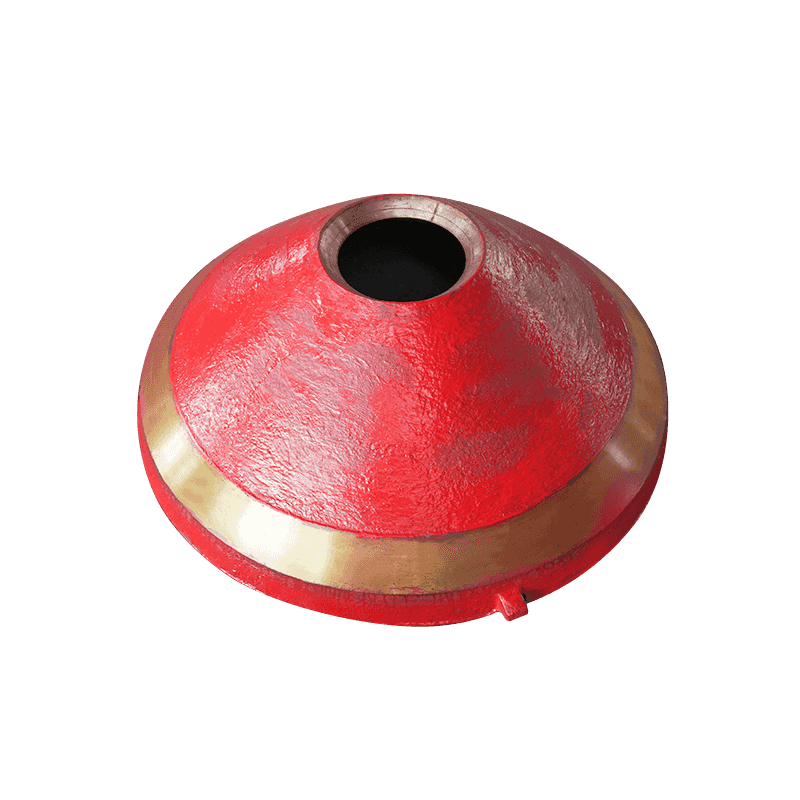Why can high chrome plate hammer for impact crusher significantly improve crushing efficiency and reduce energy consumption?
This high chrome plate hammer for impact crusher has been comprehensively and systematically optimized in structural design, especially in the geometric structure of the hammer impact surface, which has greatly improved its overall performance and work efficiency. Most traditional hammer designs use a linear plane impact structure. Although the manufacturing process is relatively simple, there are obvious defects in the actual crushing process. For example, when the high-speed rotating hammer collides with the material, due to the linear plane of the impact surface, it is easy to form a local stress concentration area at certain contact points, which not only causes excessive impact loads on some areas of the hammer, resulting in premature wear or cracks, but also causes some energy to be elastically released or ineffectively dissipated at the moment of contact, thereby reducing the crushing efficiency.
To solve this problem, the high chrome plate hammer for impact crusher innovatively uses an arc or gradually deformed curved impact surface in its design. When the traditional linear plate hammer hits the material, due to the small contact area, a local high stress area is often generated in an instant, and the impact force is concentrated, causing a certain position of the hammer to bear an impact load far exceeding the average level. This not only leads to faster wear in this area, but also easily causes the expansion of microcracks, resulting in early failure of the plate hammer.
After the arc-shaped or gradually deformed impact surface is adopted, the contact surface between the plate hammer and the material is expanded, and the contact process is gradual contact rather than sudden impact. This contact mode can effectively disperse the impact stress, make the force on the unit area more uniform, thereby significantly reducing the risk of local overload and achieving "flexible protection" for the plate hammer body material. According to test data, the average service life of the plate hammer with this structure can be extended by more than 30%, and the maintenance frequency is greatly reduced. Another major advantage of the arc structure is that it has the characteristic of "flexible conduction". During the impact process, the material undergoes a composite force such as sliding-shearing-compression on the surface of the plate hammer, rather than a simple instantaneous impact. This force mode enables kinetic energy to be converted into crushing energy in a more stable way, thereby reducing energy loss and improving energy utilization. The geometric characteristics of the arc structure of the plate hammer naturally have the function of guiding materials. When rotating at high speed, the impact surface not only plays an impact role, but also "pulls" the crushed material to move in a specific direction.
The curved surface structure shows higher efficiency in the process of converting kinetic energy into crushing energy. Since the stress distribution during the impact is more uniform, the kinetic energy can act more fully on the internal structure of the material, making it easier to complete the crushing under the combined action of multiple crushing mechanisms such as shearing, splitting and crushing, rather than relying on local high-intensity impact to achieve crushing like the traditional structure, which wastes energy. Research data shows that the crushing efficiency of the high-chromium plate hammer with optimized structural design can be increased by more than 18% per unit energy consumption. This result is particularly outstanding in the actual production line, especially suitable for the crushing of high-strength and high-hardness materials such as hard rock, slag, and cement clinker.
The optimized structure can also effectively reduce noise and vibration. In the traditional structure, due to the violent impact and uneven energy distribution, the equipment is often accompanied by large noise and mechanical vibration during operation, affecting the operating environment and equipment stability. The curved impact design makes the crushing process more continuous and stable, reduces the impact load of the mechanical system, and effectively extends the service life of other parts of the equipment such as bearings and rotors, and reduces the maintenance frequency and spare parts replacement costs.
The impact angle of the plate hammer has also been scientifically calculated and repeatedly tested to achieve the so-called "reasonable impact angle". This angle design enables the material to be split and crushed more effectively at the moment of impact, avoiding the large amount of rebound energy loss generated by the traditional hammer head during impact. The reasonable impact angle not only reduces the energy consumption of a single impact, but also increases the frequency of multiple impacts, so that the material can complete a more thorough crushing process in a short time.
In terms of energy saving, high-chromium hammers of the impact crusher also show significant advantages. Due to its high crushing efficiency and high energy conversion rate, the power demand for the whole machine operation is greatly reduced. According to statistics, under the same output conditions, the impact crusher using high-chromium hammers of the impact crusher can save 15%-20% of energy consumption. Especially in large-scale production lines, this energy-saving advantage is more obvious, which brings about a real reduction in operating costs.
The high wear resistance of the high chrome plate hammer effectively extends the service life of the equipment, reduces the frequency of replacement, and saves a lot of labor and maintenance costs. In the current context of continued high prices of raw materials and energy, this undoubtedly brings considerable economic benefits to enterprises. High chrome plate hammer impact crusher is widely used in mining, machine-made sand production, construction waste treatment, cement clinker crushing and other fields.

 English
English  русский
русский  عربى
عربى 